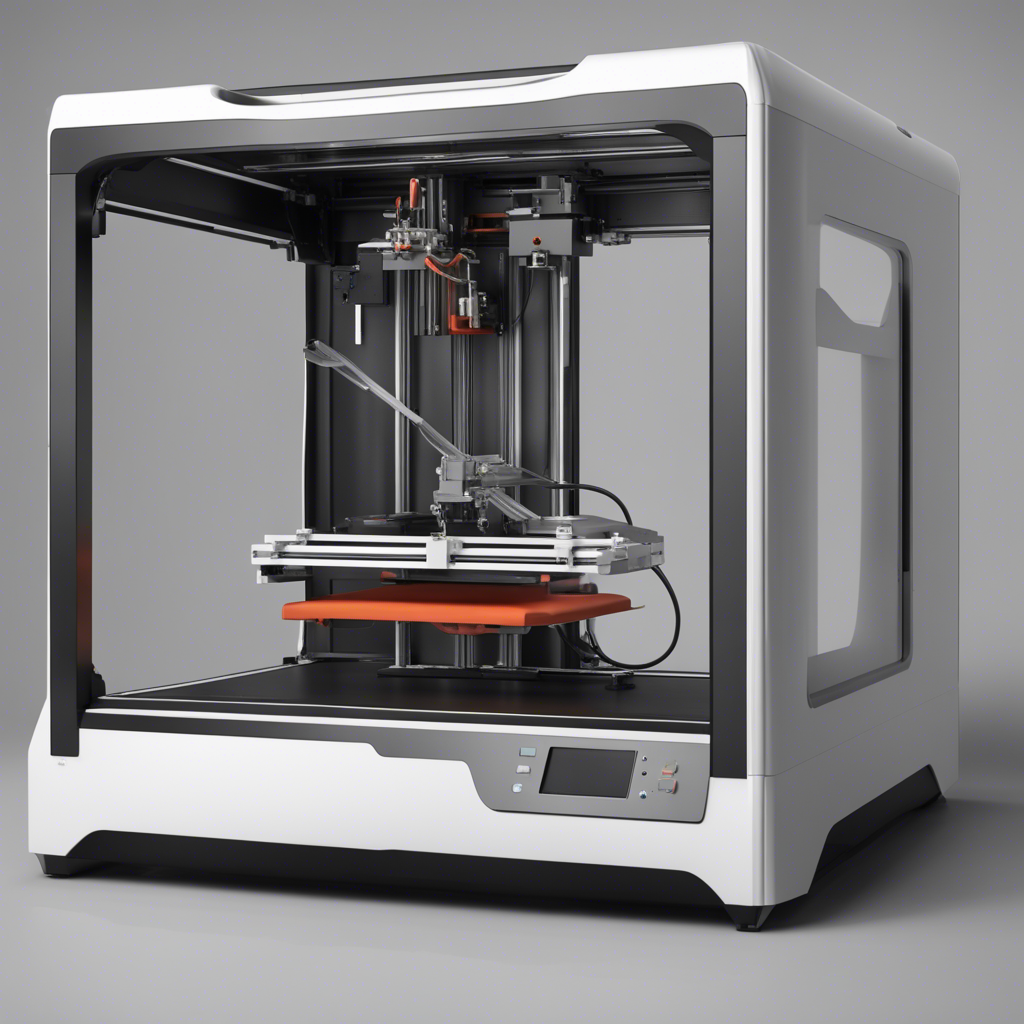
An Introduction to Data Science and Analytics
Welcome to the world of data science and analytics! In this blog post, we will take a deep dive into this fascinating field and explore its importance, applications, and processes. Whether you are a student, a professional, or simply interested in learning more about this ever-evolving discipline, this comprehensive guide will provide you with a solid foundation.
What is Data Science?
Data science is an interdisciplinary field that combines techniques, tools, and methodologies from various disciplines such as mathematics, statistics, computer science, and domain knowledge to extract valuable insights and knowledge from large and complex datasets. It involves gathering, cleaning, organizing, analyzing, and interpreting data to uncover patterns, make predictions, and drive informed decision-making.
Data science has gained immense popularity in recent years due to the exponential growth of data and the advancements in computing power and storage. Organizations across industries are leveraging data science to uncover hidden insights, optimize processes, enhance decision-making, improve customer experience, and gain a competitive edge.
The Importance of Data Science and Analytics
Data science has revolutionized many aspects of our lives, from personalized recommendations on online platforms to predicting disease outbreaks and optimizing supply chains. The key importance of data science and analytics can be summarized as follows:
-
Data-driven Decision Making: Data analysis empowers organizations to make more informed decisions based on evidence rather than intuition or guesswork. By analyzing data, businesses can identify trends, patterns, and correlations that impact their operations and take actions accordingly.
-
Identifying Opportunities and Risks: Data science helps identify potential opportunities for growth, new markets, customer segments, and innovative business models. Similarly, it enables organizations to assess risks and make data-driven strategies to mitigate them.
-
Enhancing Customer Experience: Analyzing customer data allows organizations to gain insights into customer behavior, preferences, and needs. This information can be used to provide personalized experiences, develop targeted marketing campaigns, and improve customer satisfaction and loyalty.
-
Process Optimization: Data analysis identifies bottlenecks, inefficiencies, and opportunities for process optimization, resulting in cost savings, improved productivity, and streamlined operations.
-
Innovation and Product Development: Data science can be used to identify emerging trends, conduct market research, and gain insights into customer requirements. This information enables organizations to develop innovative products and services tailored to customer needs.
The Data Science Process
The data science process involves several key steps, each of which plays a crucial role in uncovering insights from data:
-
Problem Definition: Clearly define the problem or question you want to answer with data analysis. This step involves understanding the business objectives, identifying data sources, and setting measurable goals.
-
Data Collection: Gather relevant data from various sources, such as databases, sensors, surveys, social media, or APIs. The data must be collected in a structured and organized manner to ensure its quality and integrity.
-
Data Preparation: Clean, transform, and preprocess the data to make it ready for analysis. This includes handling missing values, removing duplicates, scaling variables, and converting data types as per the requirements of the analysis.
-
Exploratory Data Analysis: Explore and visualize the data to gain a deeper understanding of its characteristics, relationships, and distributions. This step helps identify patterns, outliers, and potential insights that can guide further analysis.
Fig.1: Example of Exploratory Data Analysis
-
Model Development: Choose appropriate algorithms and techniques to build models that help in understanding and predicting the data. This step may involve statistical methods, machine learning algorithms, or advanced analytics techniques.
-
Model Evaluation: Assess the performance and validity of the developed models using appropriate evaluation metrics. This step helps to validate the accuracy and reliability of the models and identify any biases or shortcomings.
Fig.2: Example of Model Evaluation
-
Insights and Decision-making: Interpret the results, derive insights, and communicate them effectively to stakeholders. This step involves extracting meaningful information from the data analysis, making data-driven recommendations, and helping decision-makers understand the implications.
-
Deployment and Monitoring: Implement the insights into the operational framework and continuously monitor the performance of the developed models. This step ensures that the insights are effectively integrated into the decision-making processes and provides opportunities for iterative improvement.
Data Science Tools and Technologies
There are various tools and technologies available to support data science and analytics. Here are some widely used ones:
-
Programming Languages: Python and R are the most popular programming languages for data science due to their extensive libraries and community support.
-
Data Manipulation: Tools like Pandas and dplyr provide efficient data manipulation and transformation capabilities.
-
Data Visualization: Tools such as Matplotlib, ggplot2, and Tableau help in creating visual representations of data to facilitate data exploration and communication.
-
Machine Learning: Libraries like scikit-learn, TensorFlow, and PyTorch provide a wide range of algorithms and tools for machine learning and deep learning tasks.
-
Big Data Processing: Technologies like Apache Hadoop, Spark, and BigQuery enable processing and analysis of large-scale datasets.
-
Cloud Computing: Cloud platforms like Amazon Web Services (AWS), Microsoft Azure, and Google Cloud provide scalable computing power and storage to handle big data workloads.
Conclusion
Data science and analytics have become indispensable in today’s data-driven world. From making better business decisions to driving innovation and improving customer experiences, data science offers valuable insights that help organizations thrive in a rapidly evolving environment. By following the data science process and leveraging the right tools and technologies, businesses can effectively harness the power of data and gain a competitive advantage. So why wait? Start exploring the world of data science now and unlock the endless possibilities it has to offer!
Note: The aforementioned tools and technologies are examples commonly used in the industry. It is essential to pick the right tools based on the specific requirements and context.
References:
- Provost, F., & Fawcett, T. (2013). Data science for business: What you need to know about data mining and data-analytic thinking. O’Reilly Media.
- Wickham, H., & Grolemund, G. (2017). R for data science: import, tidy, transform, visualize, and model data. " O’Reilly Media, Inc.".
- VanderPlas, J. (2016). Python data science handbook. O’Reilly Media, Inc.
- McKinney, W. (2017). Python for data analysis: Data wrangling with Pandas, NumPy, and IPython. " O’Reilly Media, Inc."






